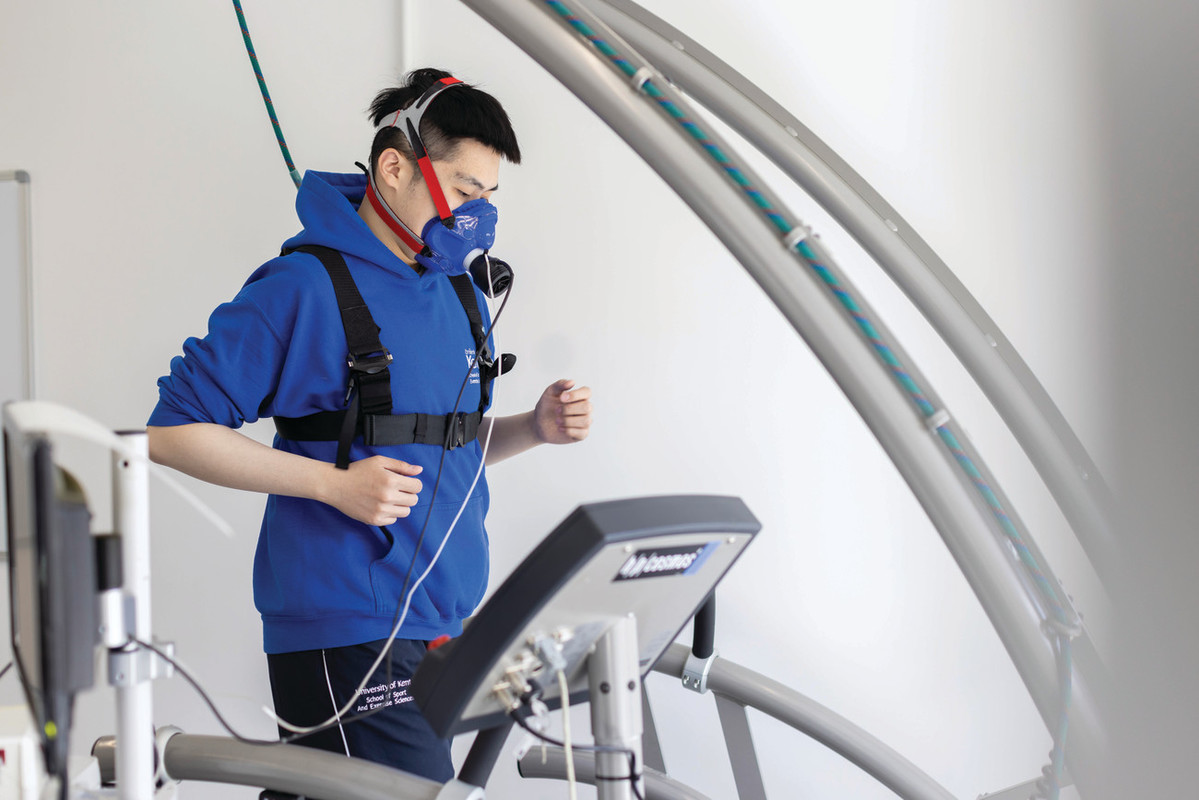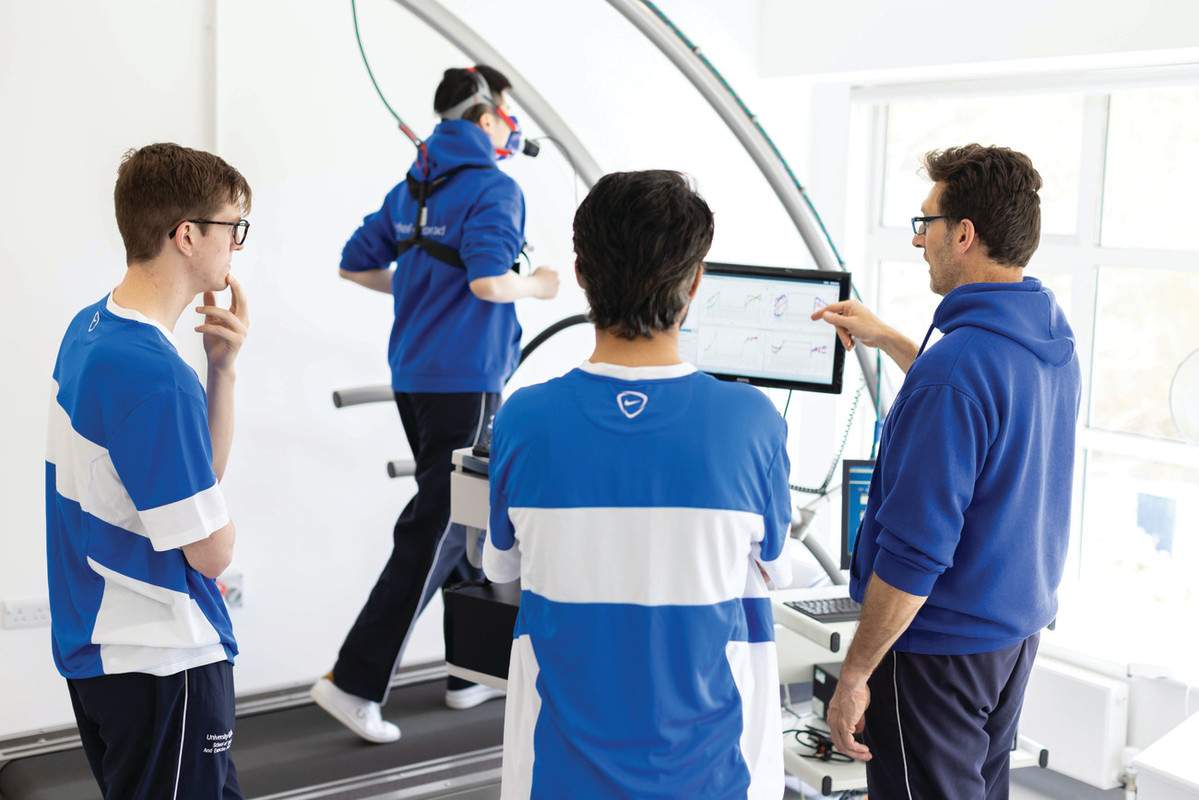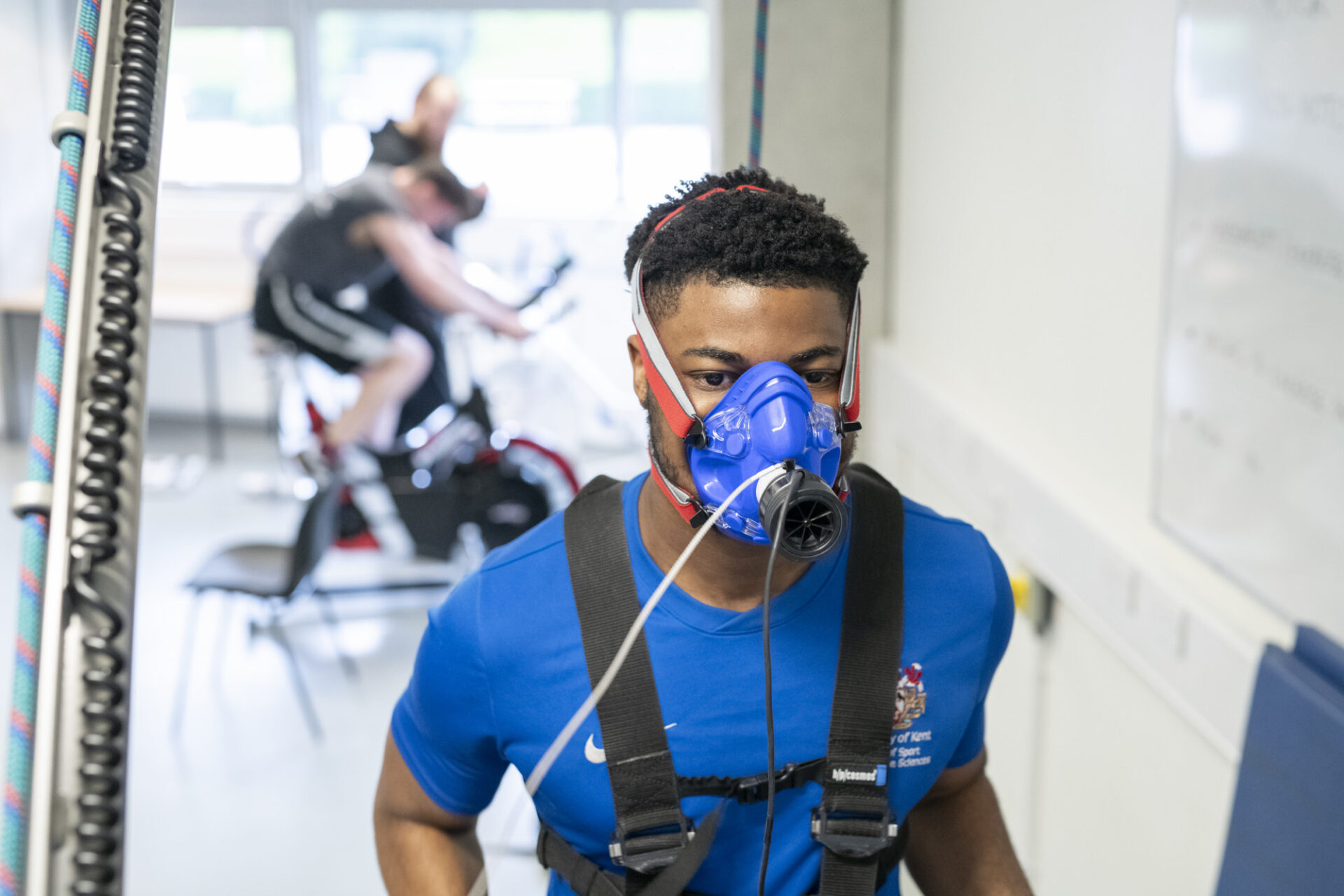Overview of the Research Cluster
We explore how the external (e.g. knowledge of task) and internal (e.g. exertional pain) information we receive before and during exercise and physical activity impacts the decisions we make during the task and our performance of it. Our research particularly focuses on the unpleasant sensations created by intense and/or prolonged exercise, and how this might exacerbate both performance fatigability (i.e. an acute decline in motor performance) and perceptions of fatigue. This has relevance across the spectrum of those engaged in exercise and physical activity – from clinical populations who experience greater prevalence of fatigue and fatigability, to healthy populations trying to adhere to exercise programmes, to elite athletes seeking to gain a performance edge. Our work is generally underpinned by mechanistic analysis and employs a range of experimental methods including online gas analysis systems, neuromuscular assessment (transcranial magnetic stimulation, peripheral nerve stimulation, electromyography), isokinetic dynamometry, functional near-infrared spectroscopy, perceptual scales, think aloud, and experimental pain induction. We also integrate a range of interventions/approaches to identify the impact of addressing these challenges, including non-invasive brain stimulation, pharmacology, virtual reality, and wearable devices.












